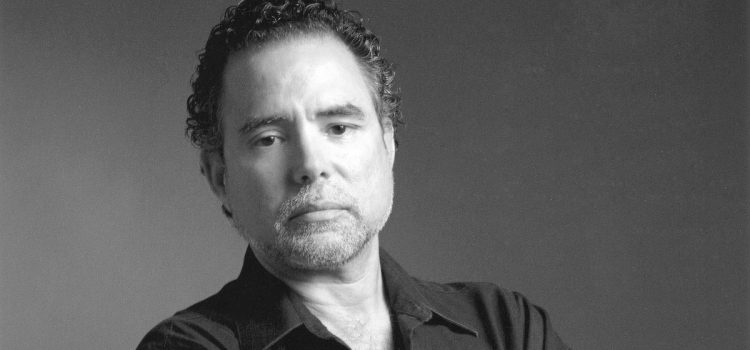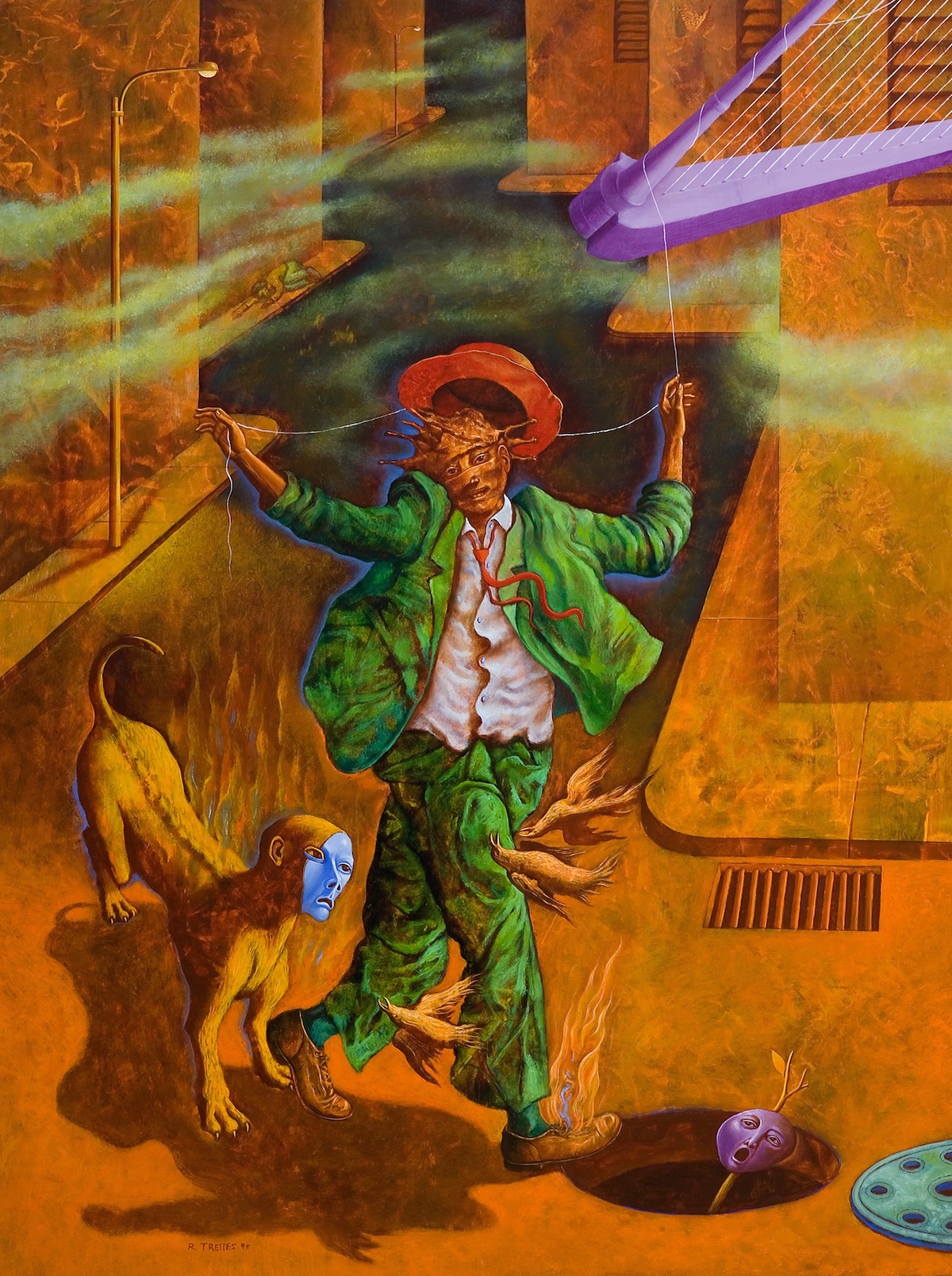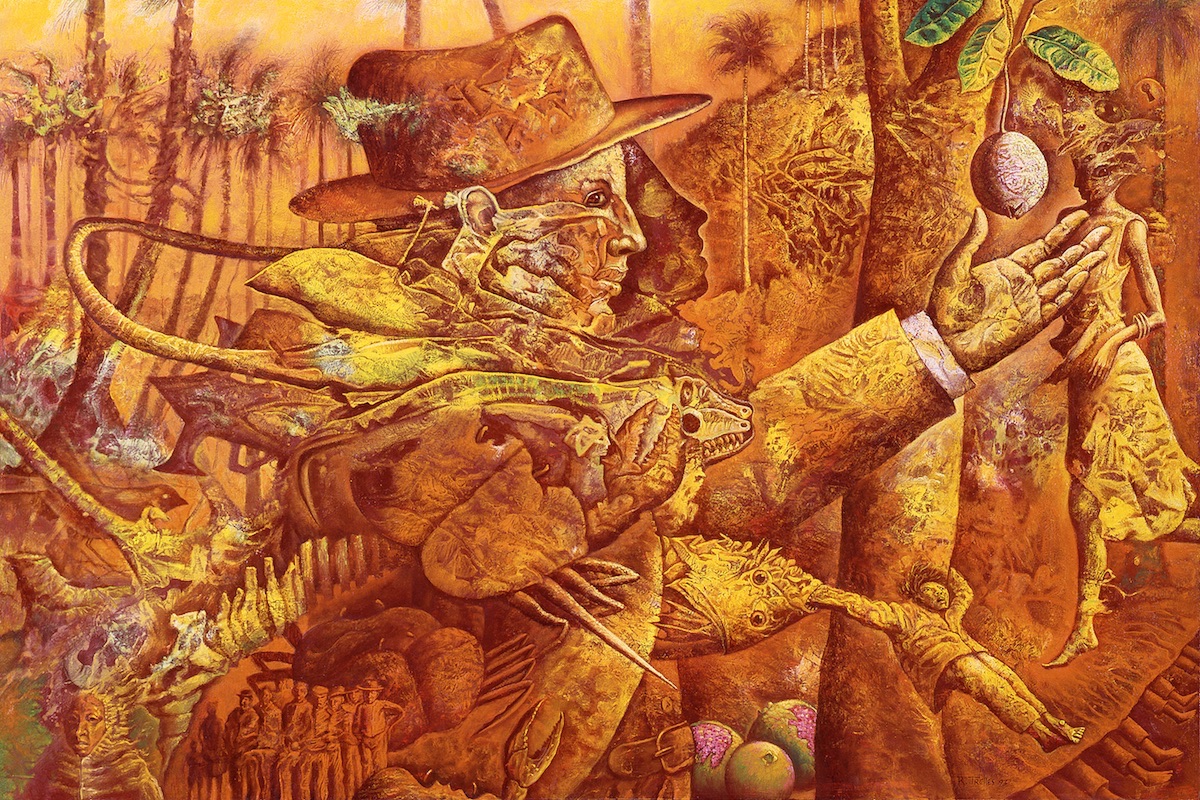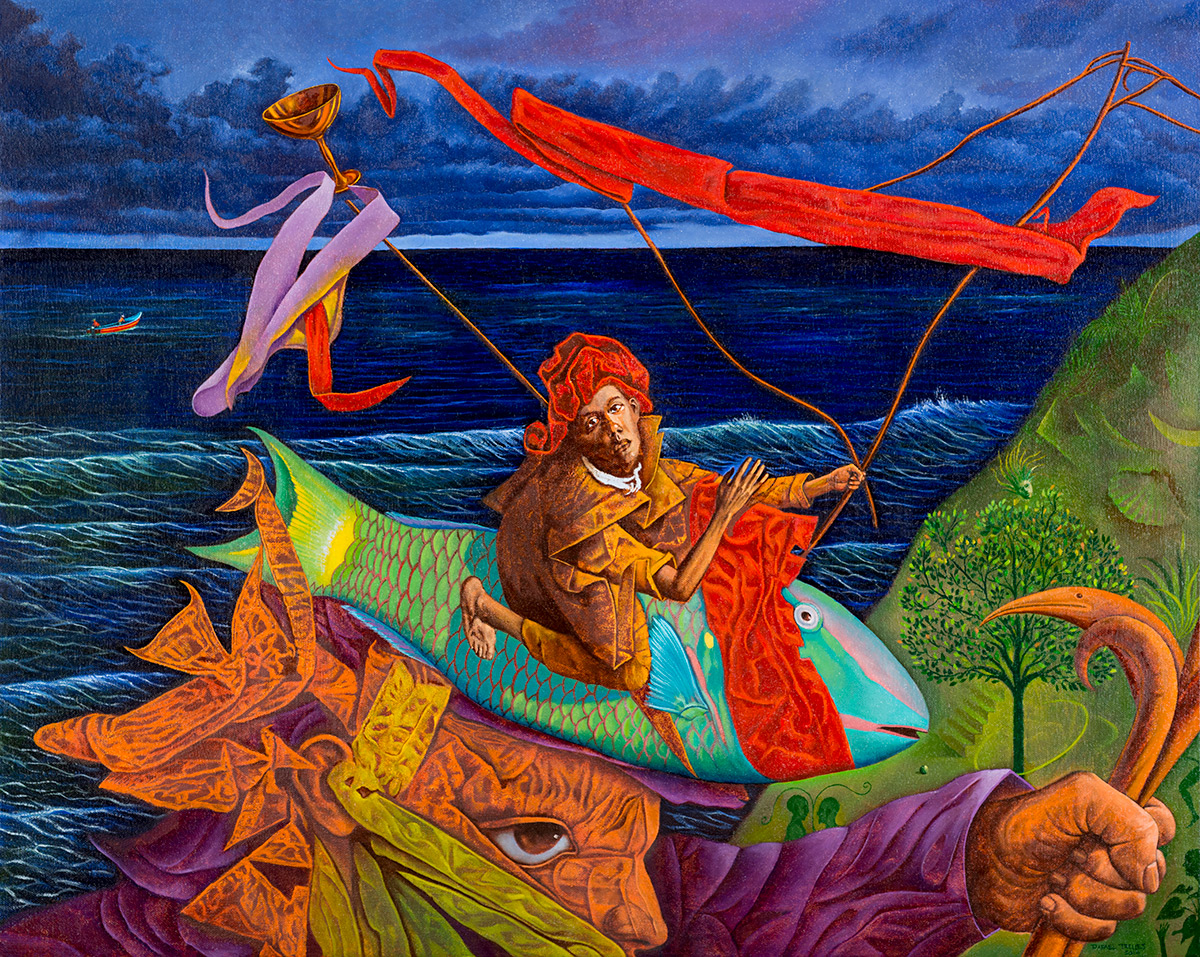When Rafael Trelles was age 11, he was quiet yet perceptive and was always drawing and painting everything he saw with a unique talent; which is why his mother took him to the home of Julio Yort, a master artist and Catalan restorer, who was a friend of the infamous chellist Pablo Casals.
After taking short tests, Yort embraced the child, who was the only one among his college students. “I remember helping him open boxes that arrived via mail and had written on them the Metropolitan Museum of Art and I did not know what that was; I had no idea he restored paintings for the museum and was an important artist or restorer,” Trelles said.
In less than two years, the master artist cultivated a valuable seed in his young pupil. “Besides teaching me the fundamentals of drawing and painting, Yort taught me something that I never learned from another master which was the love for the profession, a sense that you belong to a historic group of people who have dedicated their lives to painting, drawing, and sculpturing,” said Trelles, who is currently one of Puerto Rico’s most recognized artists.
After completing his bachelor’s degree at the University of Puerto Rico, Trelles decided to study at the National Autonomous University of Mexico to pursue his postgraduate degree in art in search of cultural roots and Latin American mythology.
Trelles’ paintings are perceived like an atmosphere of dreams and fantasy creatures passing through imaginary landscapes that defy the conventional sense of reality. “There are elements of surrealism but I identify my work more with magical realism, which is a movement in Latin American literature,” Trelles said. “The Cuban writer Alejo Carpentier, one of the creators of this concept, used to say that the difference between the European and the Latin American was that the European had to search for that alternate reality in his subconscious, and the Latin American’s reality is magical.”
Trelles claims myths have been converted into a central aspect of his work. “People say that the study of myths is something passé but for me it continues to be important.”
In 1991, Trelles adopted a surrealism technique that served as the base for his paintings. He began to create enigmatic figures and mystical characters, magicians, psychotics, and monsters in his paintings. This stage went on for 20 years until he had a strong influence of baroque referring to the use of several contrasting elements and vibrant colors.
Trelles has showcased individual exhibits at the Museum of Art in Bayamon (2012) and the Puerto Rican Workshop Gallery in Philadelphia (2011).
Even though he is considered a fundamental painter and draftsman, Trelles has dabbled in the areas of urban installations and diverse techniques in print. From this he began one of his most celebrated projects called “In Concrete: Urban Graphics” using a technique he invented where he etches designs by using a pressure water hose and plastic stencils on concrete that has been blackened with fungus and dirt from being exposed to the elements. The design emerges when the water cleans the dirty surface through the holes in the stencils.
Trelles presented this technique at the San Juan Poly/Graphic Triennial, after creating art in the barrios of San Juan; he developed another for the Museum of Art in Ponce.
Then he was invited by ACE of Bueno Aires, an international graphic center, to create designs in concrete inspired by the literary work of Julio Cortazar, from there he attended projects in Cuba and the International Douro Graphic Arts Biennial in Portugal where he continued his tradition to inspire with his graphic art with literary images, this time those of Portuguese Nobel prize winner Jose Saramago. Besides developing “In Concrete” directly with other countries, Trelles has collected a documentation of photos and videos of his work that has developed into an independent artistic representation and has been presented in museums and art centers in New York, Boston, California, Ecuador, and Lithuania, among other places.
“This is my most travelled project and the one that has acquired recognition outside of Puerto Rico. I have affection for it since it tends to surprise people and its fun to do,” said Trelles.
Trelles’ work is represented at many of the most important museums in Puerto Rico including the Museum of Art of Puerto Rico, where his painting Exodo II is prominent, and the Museum of Art in Ponce as well as the Museum of Contemporary Art.
Trelles uses this newest urban graphic installation as a means to talk about social and political conditions in Puerto Rico and the world. But when he wants to express himself more privately, he prefers to work on his painting and drawings.
Interested in purchasing work by Rafael Trelles, enter www.rafaeltrellesonline.com or (787) 309-9052.





